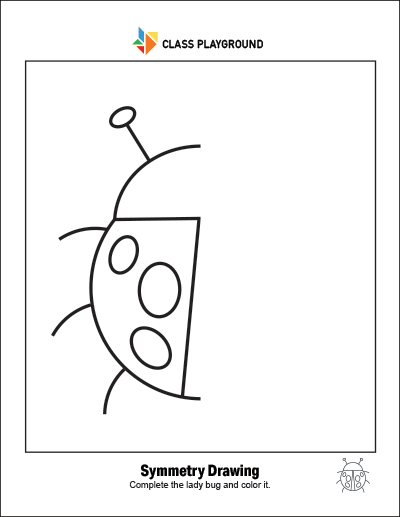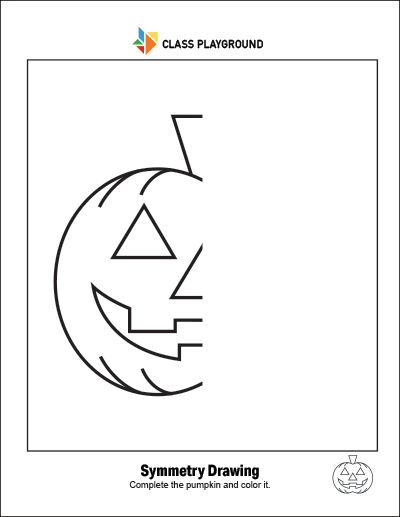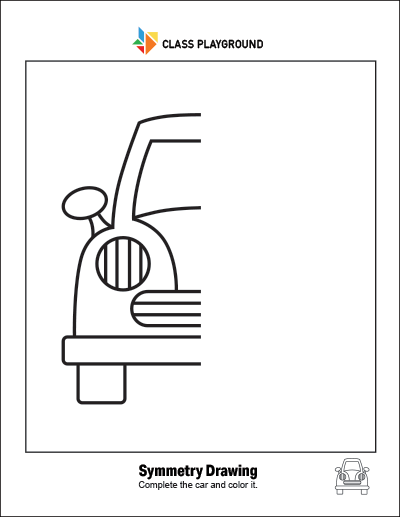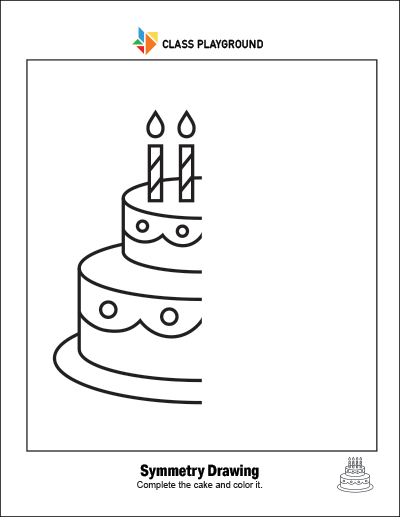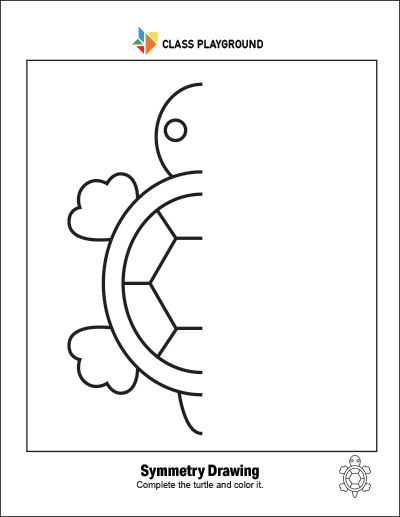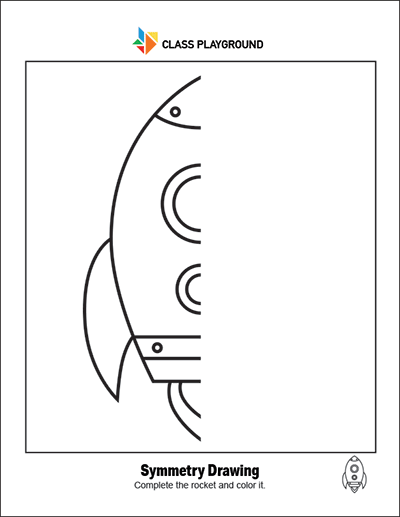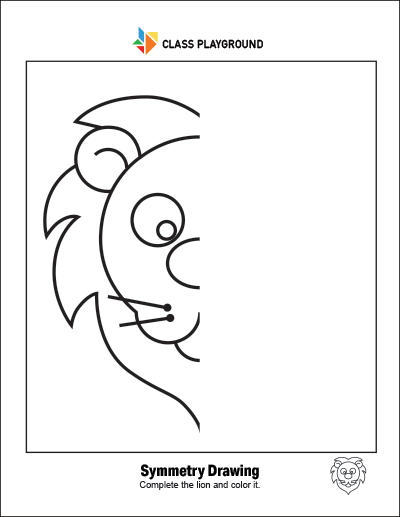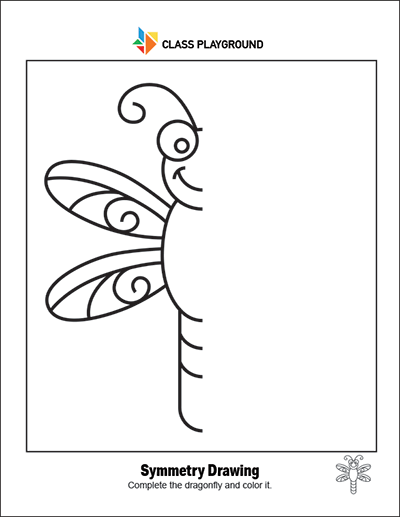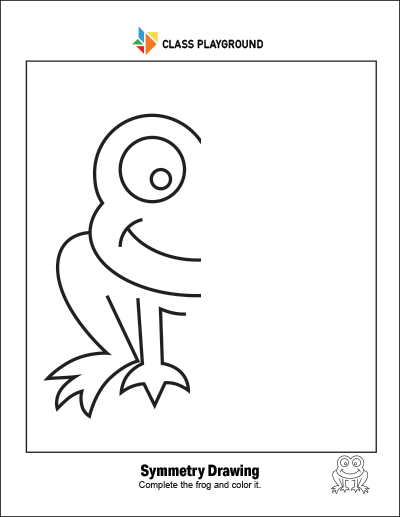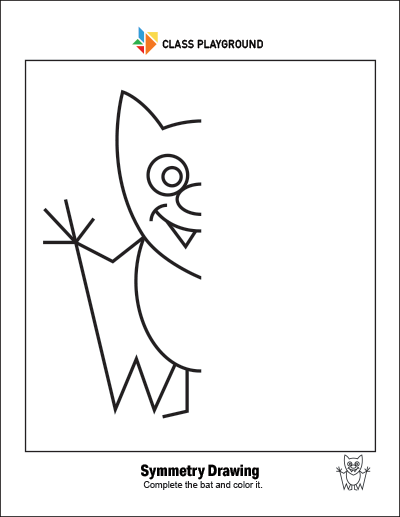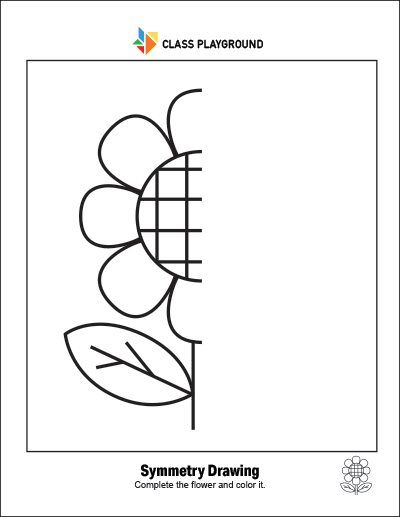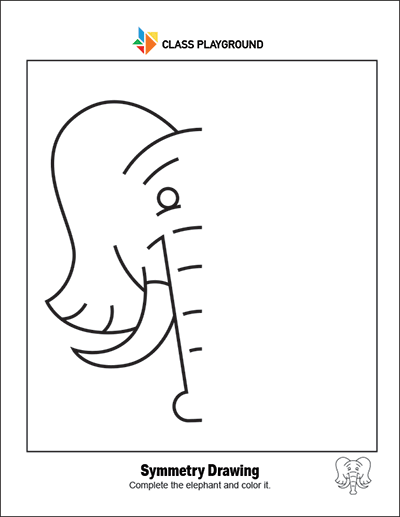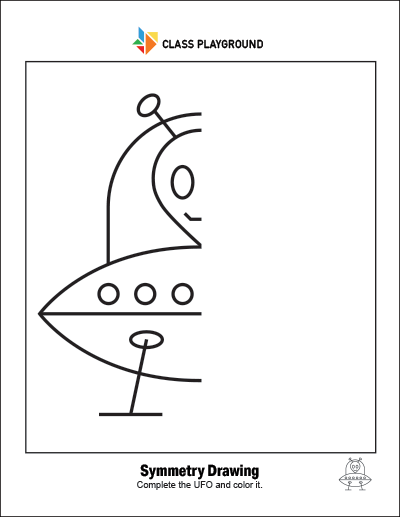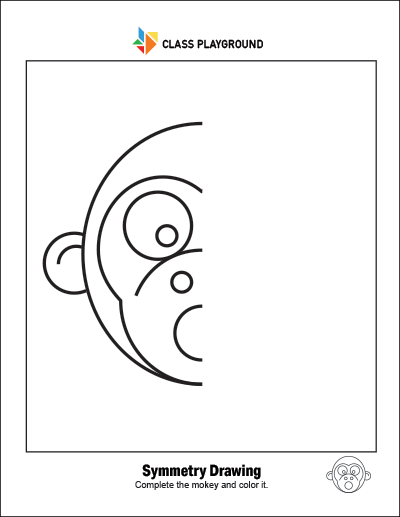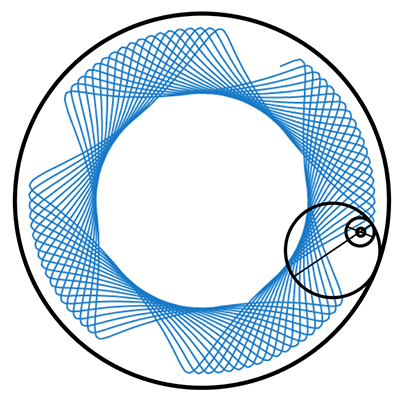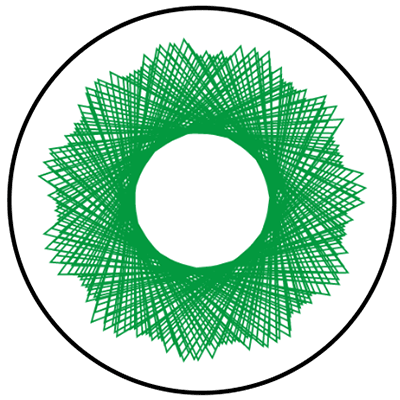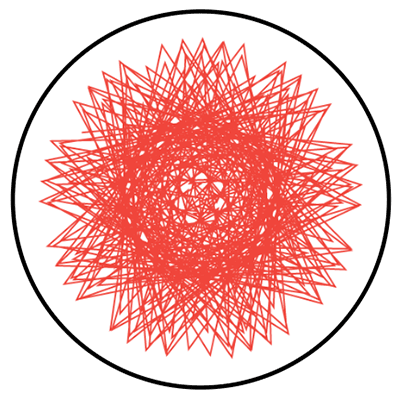What is Symmetry?
Symmetry means a shape has parts that match. If you flip, slide, or turn a shape and it still looks the same, it has symmetry. In elementary geometry, students first notice symmetry by folding paper shapes or comparing mirror images.
Why is Symmetry Important?
Symmetry appears everywhere—nature, art, and architecture—and builds spatial reasoning. Learning to spot and create symmetry strengthens visualization, precision, and problem-solving skills students use across math and design.
Types of Symmetry
- Reflection (line) symmetry: A shape can be divided by a line so each side is a mirror image (e.g., a butterfly, many leaves, or a rectangle). The dividing line is the line of symmetry.
- Rotational symmetry: A shape can rotate around a center point and match itself again before a full turn (e.g., a snowflake or a starfish).
Strategies for Teaching Symmetry
Use Real-World Examples
- Architecture: Hunt for symmetric façades, windows, and tiles in buildings.
- Nature: Examine leaves, flowers, insects, and shells for lines of symmetry and rotations.
- Art & design: Identify symmetry in logos, quilts, and traditional patterns.
Interactive Demonstrations
- Pattern blocks: Build designs and draw in the line(s) of symmetry. See more ideas on our pattern blocks page.
- Mirrors: Use small mirrors to test reflectional symmetry directly on shapes.
- Geoboards: Create a figure on one side of a line, then reproduce its mirror on the other. Try a digital version with the Toy Theater Geoboard.
- Digital symmetry tools: Explore interactive symmetry with Spin Art, design rotational shapes with Snowflake, or draw mirrored designs using Mirror.
Integrate Art
- Symmetry drawings: Provide half-images for students to complete symmetrically.
- Paper folding: Fold, cut, and open to reveal symmetric designs; label lines of symmetry.
- Collage or block prints: Design with balanced halves or rotational repeats.
Activities
- Drawing challenge: In pairs, one student describes a shape; the other completes the other half to keep symmetry.
- Scavenger hunt: Photograph or sketch 5–10 symmetric objects around school; label the symmetry type and lines.
- Fold & cut: Fold squares into halves/quarters, cut shapes, then count and mark the lines of symmetry.
- Alphabet sort: Sort uppercase letters by “has line symmetry,” “has rotational symmetry,” or “no symmetry.”
- Rotational prints: Create a stamp or design and rotate it around a center point to reveal symmetry.
Conclusion
Symmetry helps students see structure in shapes, patterns, and the world around them. With real-world examples, hands-on models, and creative projects, learners build the spatial reasoning they’ll use across geometry and beyond. For more practice, check out our symmetry printables.

